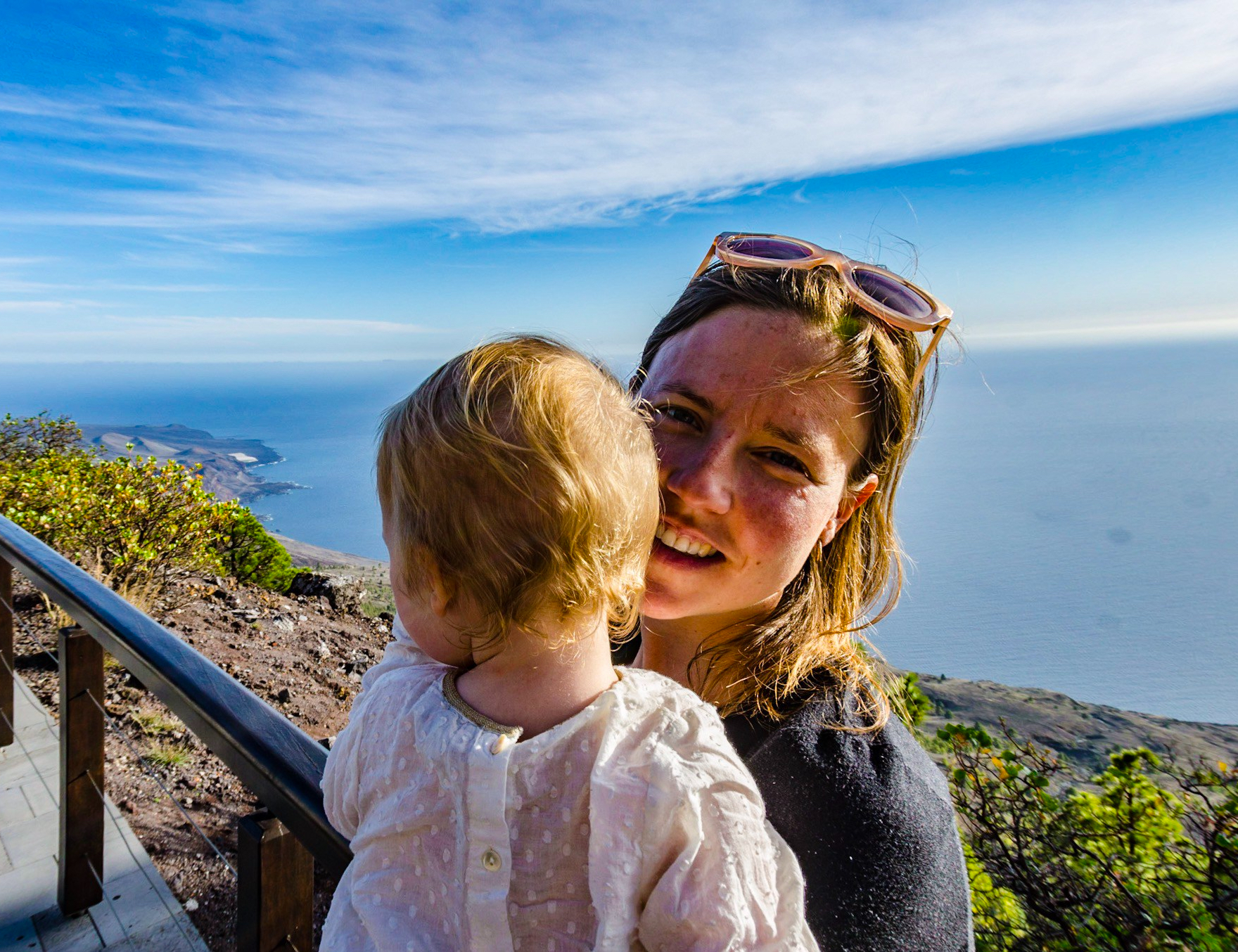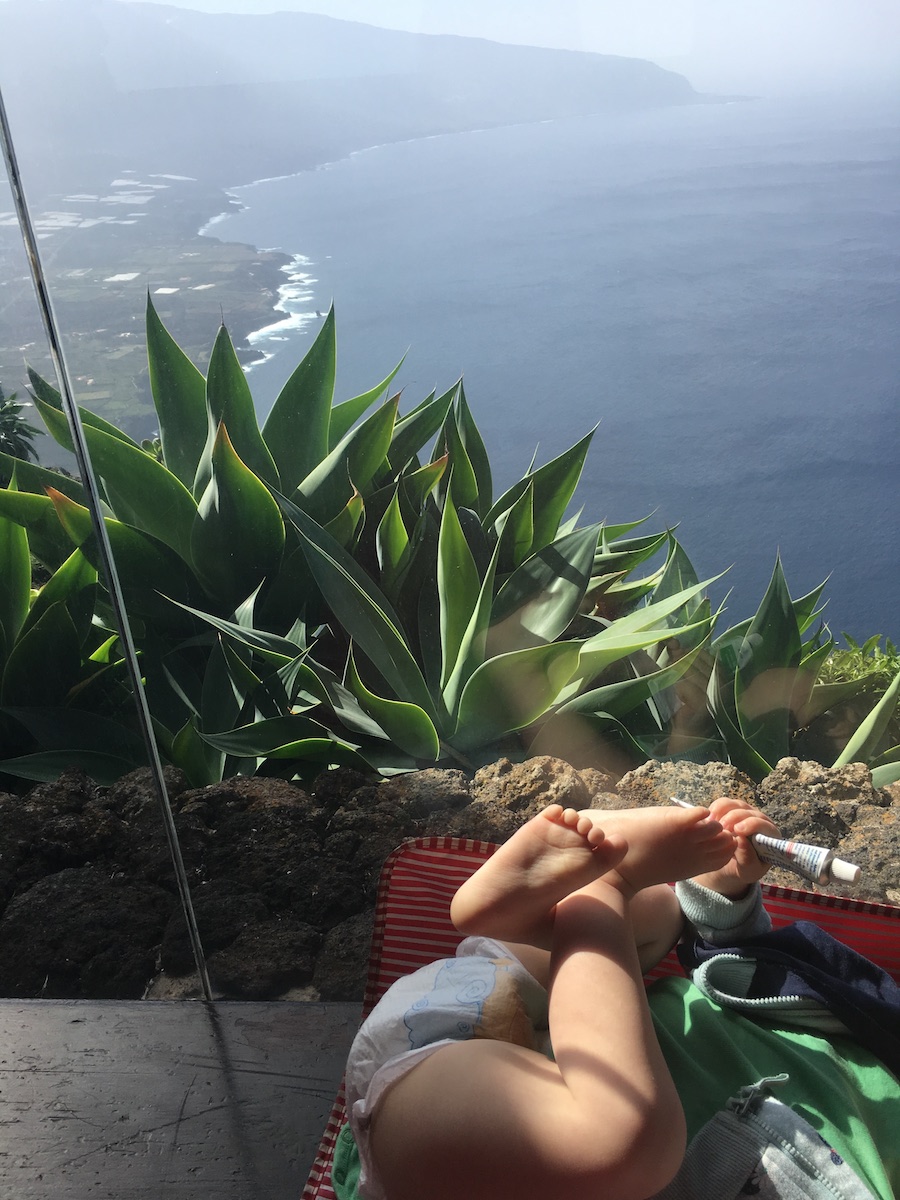Car journeys with your little one can be a nerve-wracking experience, particularly if you’re by yourself. But they’re an inevitable element of life for most parents, whether driving is something you only do in a rental car on holiday or part of your daily routine. So attach that ‘Baby on Board’ sticker – I thought they were just cutesy but actually they’re to alert first responders to the presence of a baby in the case of an accident – buckle up and away you go.
Driving with a baby

Time your departure for as soon as possible after a feed, but be prepared to stop frequently if your baby needs to. Infants under the age of six months shouldn’t be in a car seat for more than two hours anyway as the angle of the seat can restrict their airway. So if you’re driving a long way, factor in regular stops to give your baby some time out of the seat.
You can alleviate the worry of not being able to see your baby while you’re driving by attaching a mirror to the headrest of the seat. Easy to set up kits are widely available.
A rear window shade will come in handy keeping the sun off your little one’s face. Models that go around the top of the car door, rather than just sticking to the window, are impossible for your little one to remove, and have the added benefit of letting you have the windows open.
A couple of toys or squishy books that you can attach to your little one’s car seat might keep her entertained for a little while. Anything that isn’t attached will end up on the floor almost immediately.
Keep essentials like wipes, your nappy changing wallet and a blanket close to hand so that you can get hold of them quickly if need be during a stop.
Driving with a toddler

Car journeys with the baby girl massively improved once she was big enough for a forward-facing car seat (see below) and could see both the person driving and the world rushing by outside. She still gets bored after a while but is much happier than in the rear-facing seat.
Our other chief defences against boredom and the grumpiness that inevitably comes in its wake are snacks and screens (playing ‘what can you see out of the window?’ and singing nursery rhymes will only take you so far). We try and go for soft snacks on car journeys to minimise the risk of choking – oat bars, bananas, baby food pouches, that sort of thing – though we tend to be a bit more relaxed about what we give the girl if someone is sitting next to her in the back.
The screens we resisted for a long time, but a recent 9-hour drive down to nearly the south of France broke us. We try to play learning games like Smart Baby Shapes and Tozzle and interactive music apps like Nursery Rhymes but sometimes we give in and let the girl watch a couple of episodes of Hey Duggee or Sarah and Duck.
Choosing a car seat
Safety is obviously of paramount concern, with cost probably the next biggest factor for most parents when it comes to buying a child car seat. But don’t underestimate the importance of finding one in which your toddler will sleep comfortably. Because a sleeping toddler is the best kind of toddler when it comes to long car journeys.
After research using the consumer website Which? (you can join for £1 and then cancel your membership) and lots of parent review sites we went for the Cybex Pallas, which has a ‘shield’ rather than a five-point harness, which the baby girl rests her head and arms on when she’s napping in the van. The shield is more of a faff to fit than a harness, but the baby girl seems to like it.
According to the Royal Society for the Prevention of Accidents, the safest option is to use a rear-facing child car seat for as long as possible. ‘Group 0 and 1+’ seats can be used until your child is 18kg (around four years old). They’re bulkier than their forward-facing equivalents and still relatively rare in the UK but offer better impact protection in the event of an accident.
Tips for driving with your little one abroad
If you’ll be driving on holiday – or even just taking taxis – check the local regulations around child car seats well in advance of your trip. Which? has a very helpful list of the rules in lots of popular holiday destinations. You might find that your car seat doesn’t meet local laws, so be prepared to hire one that does.
Most car hire companies should be able to supply a car seat, given enough notice, though quality can be variable and staff unhelpful when it comes to fitting an unfamiliar seat. You might feel more confident booking with a specialist baby equipment hire company.




